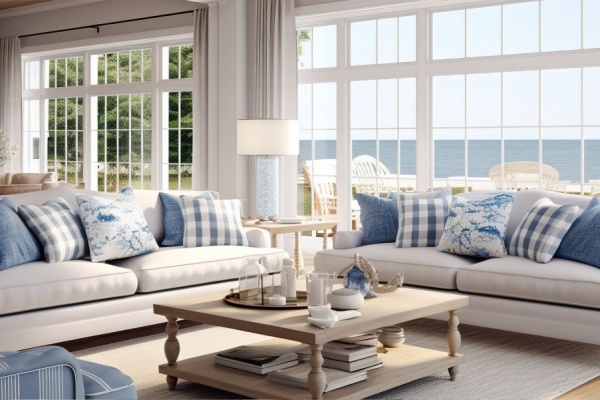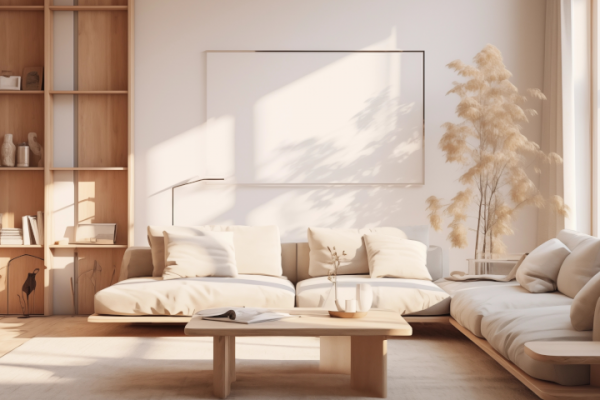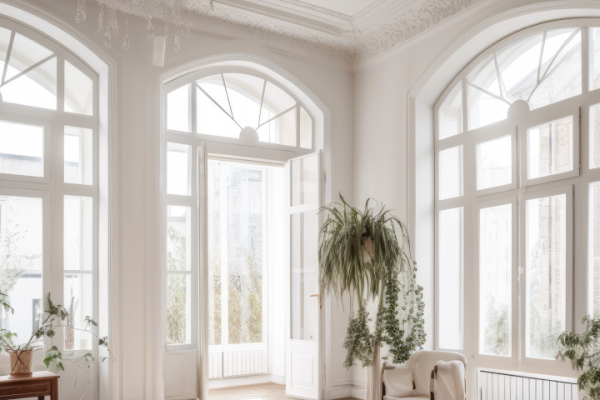The Italian architectural style, recognisable the world over, transports us to the picturesque streets and sunny landscapes of Italy. Even if we are thousands of kilometres away from its borders. In interior design, the Italian decorative style is characterised not only by a unique approach to colour and decoration, but also by special attention to the details of windows, doors and exterior casings. Introducing Italian style into an interior is an excellent way to aesthetically metamorphose a flat and give it a unique Mediterranean feel.
In this article, we take a look at how Italian interior design and the way we build can introduce us to the Italian beauty, focusing on colour, decoration, as well as a unique approach to joinery.
Colours inspired by the nature and culture of Italy
The basis of Italian interior design style is a colour palette that draws on the richness of Italian nature and culture. Sunny yellows, deep reds, calm greens, as well as warm shades of terra-cotta and sandstone - every colour has its place and meaning here. These colour choices are no accident - they reflect the diversity of the Italian landscape - from the sandy shores of the Mediterranean to the green hills of Tuscany to the majestic Dolomites. Moving further along in our journey through Italian style, let's pause for a moment in picturesque Tuscany.
Tuscan colours key to Italian style
The use of colours evocative of the Tuscan landscape is one of the key elements that define Italian style. The colour palette, from sunflower yellow to subtle shades of sandstone, captures the spirit of Italian facades. The intense red of terra-cotta is associated with roof tiles warmed by the sun's rays, while calming shades of green evoke images of olive groves and vineyards stretching across the hills. These colours, in turn, transform the interiors of Italian homes, bringing an atmosphere of warmth and uniqueness.
The colours of Tuscany are also prominently featured in Italian window and door joinery. Modern uPVC windows are often chosen in colours that mimic natural timber. Shutters traditionally present different shades of green, while front doors and external roller shutters are usually in green and brown.
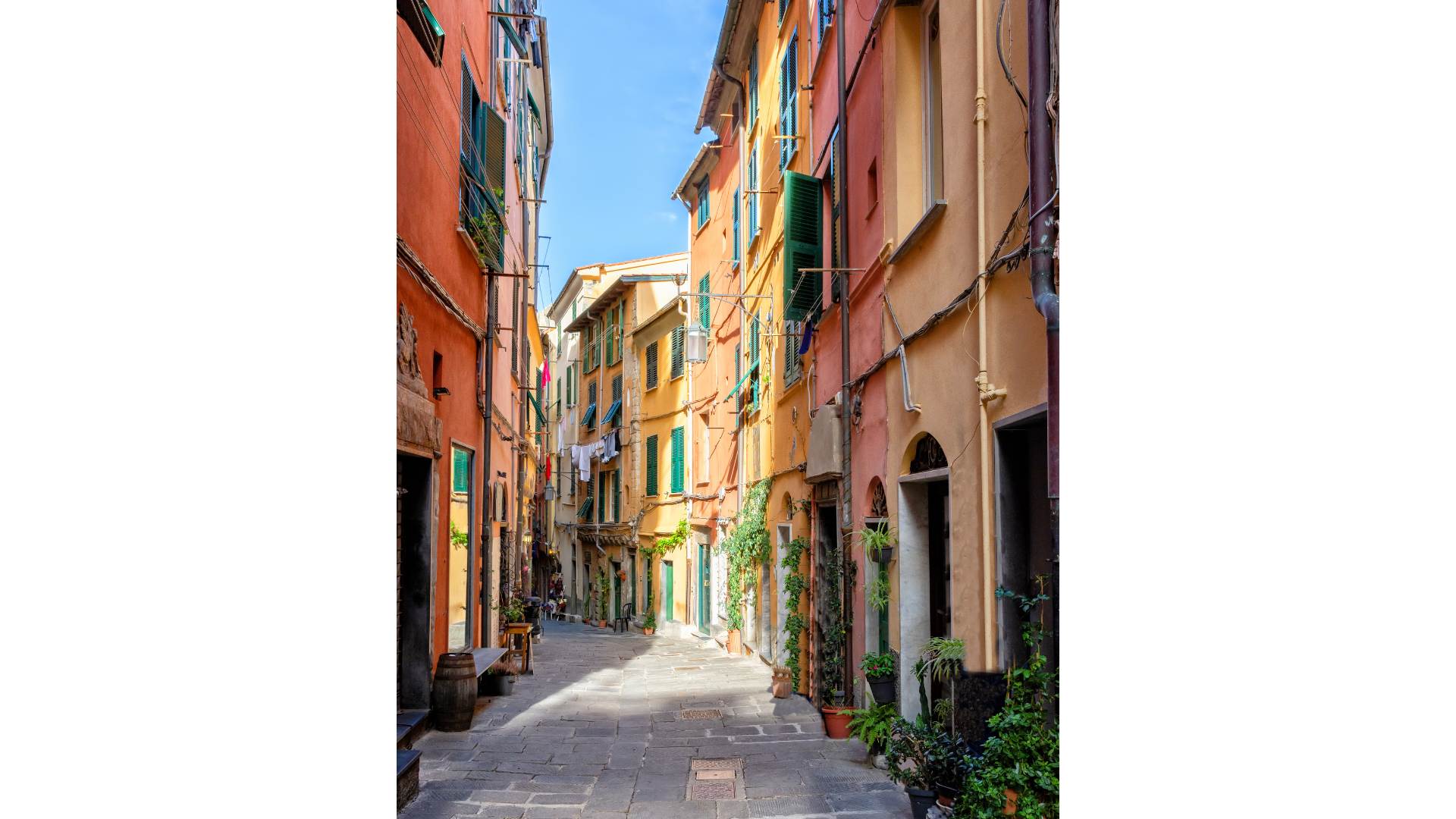 Italian style - typical Italian streets
Italian style - typical Italian streets
Interior design in Italian style
The Italian style in interior design is a love of history and elegance, manifested in antiques, restored old furniture and richly decorated fabrics. Frescoes, carved details and artistic tiles all find their way into Italian homes, creating spaces full of history. The key to achieving harmony between form and utility is the use of traditional materials such as marble, timber and ceramics, which give modern Italian interiors their unique character. But how does Italian style manifest itself in such key elements as windows and doors?
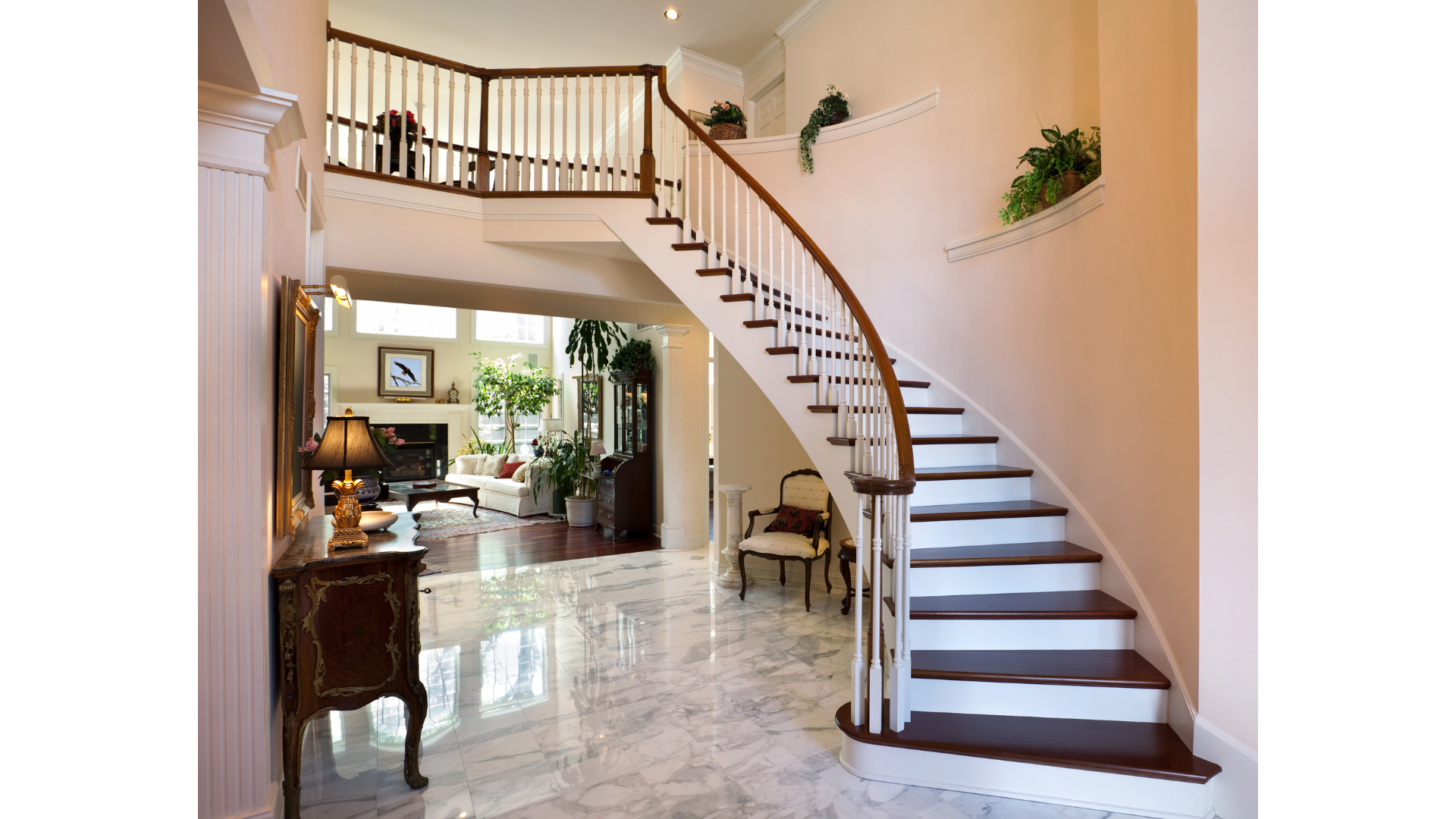 Designing a modern Italian-style interior
Designing a modern Italian-style interior
Windows and doors in Italian style
Italian-style window and door joinery is not only distinguished by its beauty, but also by its functionality. Timber windows are very popular here, as they fit perfectly into the traditional Italian style. PVC windows also find numerous followers here, thanks to their modern solutions and ease of maintenance. Among the uPVC models, it is the Aluplast Ideal 4000 that wins the most acclaim.
Italians like both classic windows and large glazings that let in a lot of light. They place great importance on the thermal insulation properties of the windows. The airtightness of the windows is important as it provides excellent protection against the heat and also makes it possible to reduce interior cooling costs, especially in the hot South of Italy. Closed windows with a low heat transfer coefficient simply guarantee cool rooms. The opposite is true, in contrast, in the North of Italy. In this part of the country, warm triple-glazed windows such as Schüco Livling or Aluplast Ideal 8000 are popular.
Check out our range of timber windows and uPVC windows that our Italian customers order most often:
Italian-style detailing
Italian joinery is distinguished by its attention to detail. Handles, hinges and glazing bars, often with unique designs and finishes such as patina or brass, are not just practical but are key decorative elements. Entrance doors are decorated not only with elegant handles, but also with stained glass or glazing with delicate motifs, adding lightness to rooms. Carved panels on doors present a variety of designs, from modern to nature-inspired. With such richness and attention to detail, Italian joinery transforms simple windows and doors into sophisticated decorative elements that enhance the unique character and style of any home or flat.
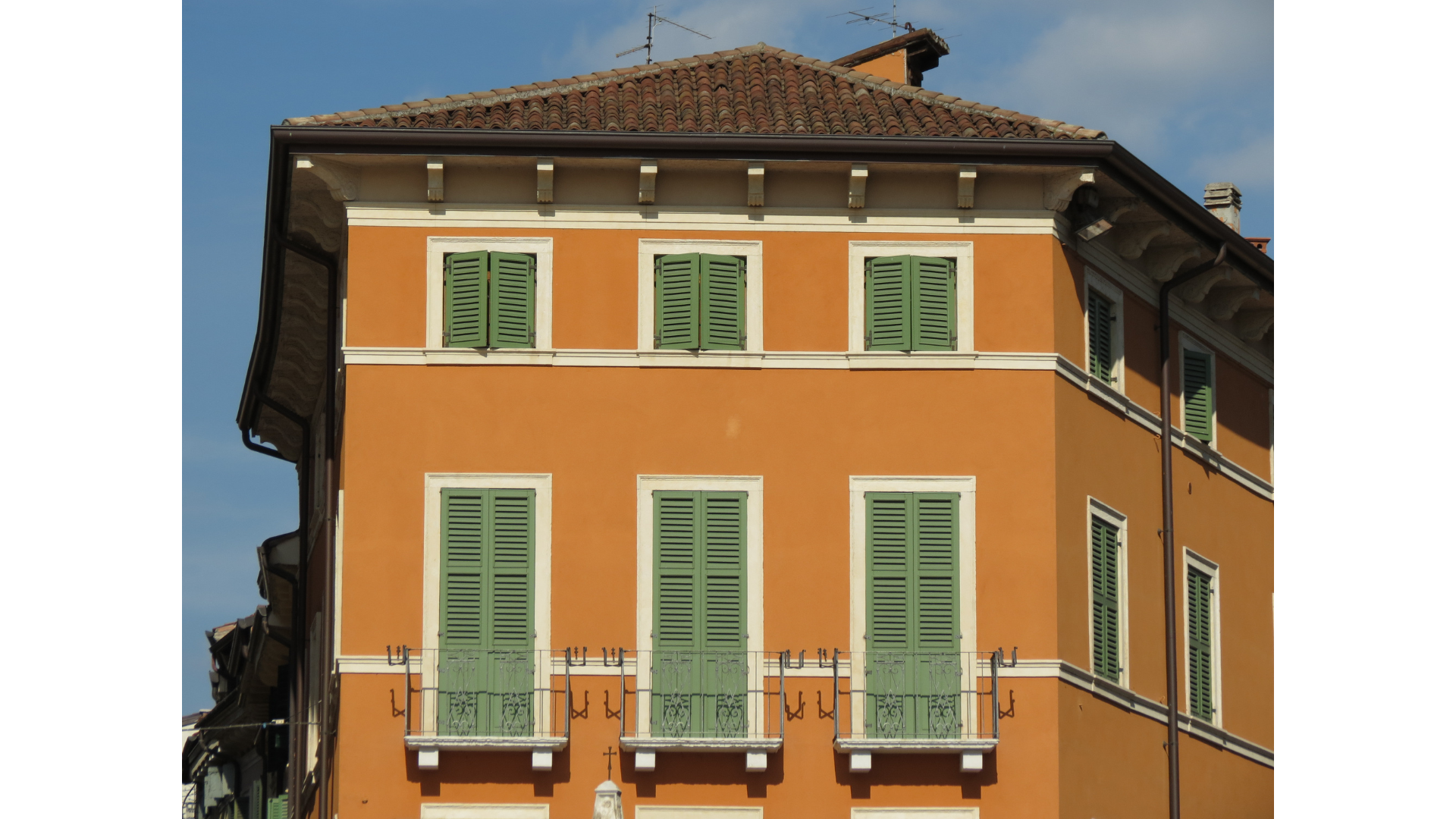 Traditional Italian home with shutters
Traditional Italian home with shutters
Italian-style external blinds
Exterior covers such as external roller shutters, window shutters, Venetian blinds and insect screens are also an integral part of the Italian style. The choice of exterior shading is not random here. Not only do they protect against the sun and insects, but they also increase privacy and security. In Italian homes, a popular feature found in the window or door area is the so-called cassonetto. This is a special type of box mounted above the window or door in which a rolled up roller shutter is concealed. This box is an integral part of the external roller shutters system, allowing the roller shutter mechanism to be aesthetically and practically concealed when it is rolled up.
See our range of external roller shutters:
Also check out the cassonetto in our range:
Summary
To sum up our journey through the Italian style, which included both colours, interior design and joinery elements, one cannot underestimate how perfectly it combines traditional beauty with modern solutions. This creates spaces that are not only warm and infused with Mediterranean character, but also unique and full of life. The selected materials, colour palette and richness of detail reflect the deep culture of Italy, giving each interior an individual character. It is this love of detail, the balance between practicality and beauty, that makes Italian style an object of desire around the world, embodying an elegance that never goes out of fashion.

